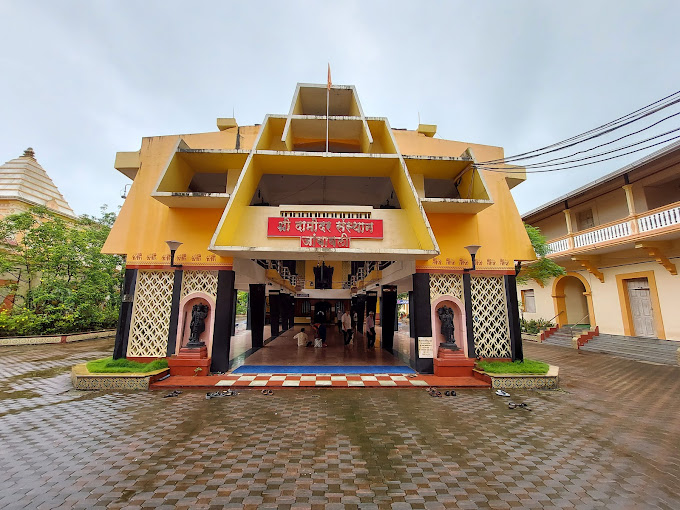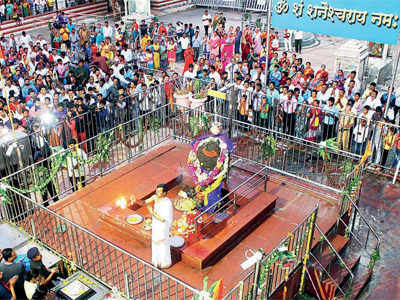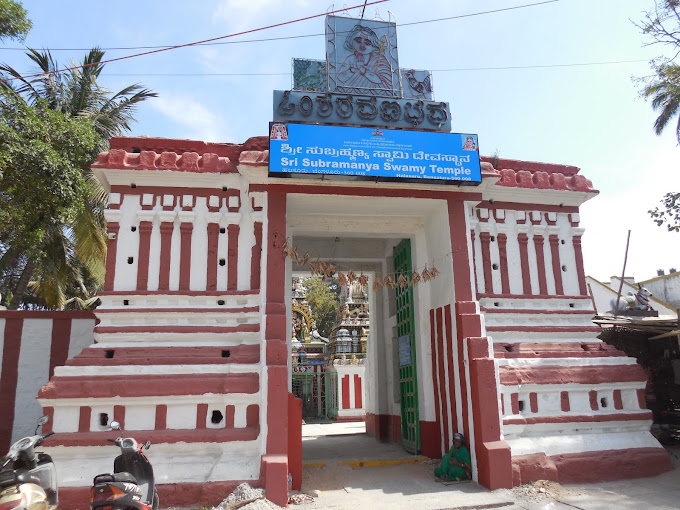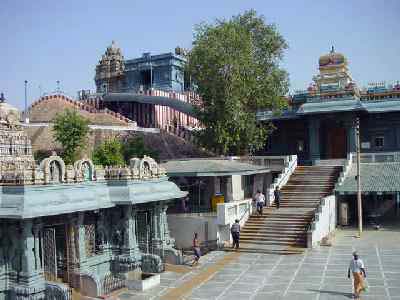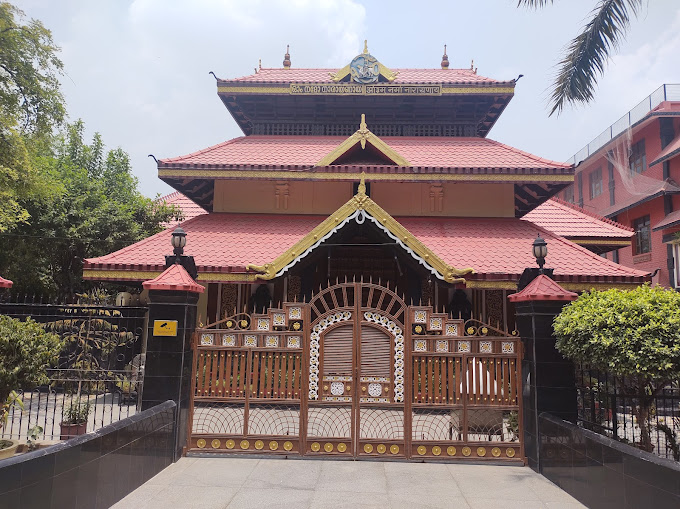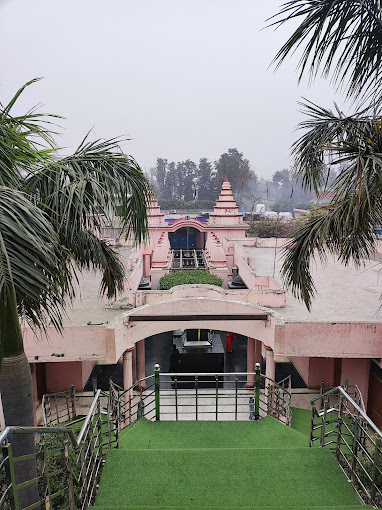Mansar Buddhist Stupa, Maharashtra
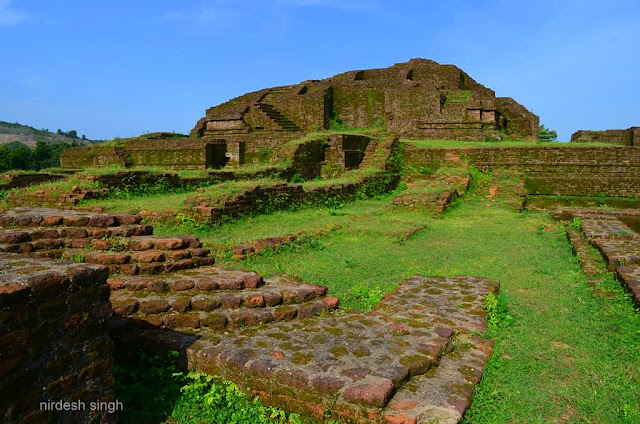
Address
Mansar Buddhist Stupa, Maharashtra
Mansar, Nagpur District,
Ramtek Tehsil,
Maharashtra 441401
Moolavar
Buddha
Introduction
Mansar is a small village situated in Ramtek Tehsil under Nagpur District in the State of Maharashtra, India. Mansar is 5 km from Ramtek and 45 km from Nagpur city. Before 1500 years, there were beautiful temples, magnificent palaces and large embellished stupas. In this place, there was a prosperous and growing capital of the Vakataka Dynasty in the 5th century C.E. It was discovered by chance in 1972 by local residents when they were climbing on the nearest Hidimba Tekdi in search of useful stones for domestic use. That time they found the sculpture of Shiva Vamana which was a style of the Vakataka Dynasty. This sculpture is now kept at the National Museum, New Delhi for display.
Puranic Significance
From 1997-98, excavations were carried out at this ancient sites of Mansar, by Nagpur University first and thereafter by Archeological Survey of India and Bodhisattva Nagarjun Smarak Sanstha Va Anusandhan Kendra, Nagpur. Total 5 sites have been excavated in Mansar, which are named as MNS 1, MNS 2, MNS 3, MNS 4 and MNS 5. MNS coded for Mansar. From the excavation they found Brick Structures which contained the Buddhist Monastery, Ruin temples, the structure of the palace, Buddhist Box Pattern Stupa. Wonderful stone images were found during the Excavation which is identified as the Capital of Vakatakas. Pravarasena II had shifted this capital from Nagardhan which is situated nearby. On the western and southern side of the mound a row of sixteen brick Shiv shrines was found. Now only four shivlings can be seen. MNS III has caves and a tunnel believed to be going all the way to Nagardhan Fort. Nagardhan is the shortened version of Nandivardhan about ten kms away which housed the earlier capital. This entire mound with MNS II and MNS III looks like a small citadel with palace complex, temples, residential quarters, caves, tunnel and fortified wall all around.
Along with the famous Siva image, a number of other images have been found in Hidimba Tekdi with the most fantastic hairdos, and which are subject of several research papers. Such iconography features can be seen in the paintings of Ajanta Caves. Buddhist rock-cut chaityas and viharas were built during the reign of later Vatsagulma Vakatakas. So far you have seen forts, temples, tombs, palaces, havelis and caves built or carved out of stone.
Mansar in its ruins and images echoes the magnificence of Vakatakas, a dynasty of rulers of Ancient India that deserves to be as well known as the Guptas. With the recent interest in Mansar and its finds, it is time for Vakatakas, the great patrons of art, architecture and literature to find their own place under the sun.
Special Features
The Hidimba Tekdi at the site revealed a Buddhist stupa built with rammed earth and 38 raised courses, a box pattern brick stupa and an oblong Chaityagruha. A brick Shiva temple belonging to Vakataka period with an octagonal sanctum housing a black stone linga, was further provided with antarala and mandapa. The external garbhagriha’ had five radiating angles of the star. The jagati portion was made of mounded burnt bricks. A huge palace complex with large and small rooms surrounded by corridors was also exposed by archaeologists. It had a massive brick fortification wall on all four sides along with moat and a huge tank.
On Western side of the mound a row of brick-built 16 Shiva shrines were found. Only six of them, had Shivalingas, one each resting over a square pedestal with a pranala on the northern side. Archaeologists had also discovered different sculptures like Vaman, Shiva-Parvati with three eyes, a turbaned male head, Shiva-Parvati with bull, mukhalinga, a rare sculpture of Narsimha riding on Garuda and Kartikeya riding on a peacock, Lajja-Gauri and Kuber. Several Bramhi inscriptions on structural fragments, inscribed coins, pottery, beads, clay figurines, iron and copper objects were also found at the site. The most remarkable evidence found at the Mansar site.









Century/Period
1972
Nearest Bus Station
Nagpur
Nearest Railway Station
Nearest Airport
Dr. Babasaheb Ambedkar International Airport
